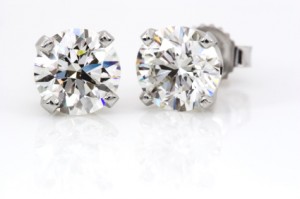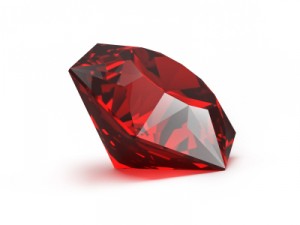more about gemstones
 Gemstones are graded by hardness (or resistance to stratching) according to Moh’s scale of hardness.
Gemstones are graded by hardness (or resistance to stratching) according to Moh’s scale of hardness.
1. Talc
2. Gypsum
3. Calcite
4. Fluorite
5. Apatite
6. Orthoclase
7. Quartz
8. Topaz
9. Corundum
10. Diamond
 DIAMOND
DIAMOND
Diamonds are amongst the hardest natural substances on earth. Common colours of diamonds are: colourless, black, brown and yellow. Rarer colours include blue, pink, red and green. Sources of diamonds include South Africa, India, Russia, Botswana, Venezuela, Canada, Brazil and many more.
 CORUNDUM
CORUNDUM
Ruby
Ruby is corundum that is red in colour and its stunning colour is due to traces of Chromium present at the time of the stone’s crystallization. It is mined in Myanmar, Kenya, Tanzania, and Thailand to name a few.

Sapphire
Another variety of corundum, whose intense blue hue is due to a combination of titanium and iron present at the time of formation. Sapphires originate from the Himalayas, Myanmar, Sri Lanka, Australia, Madagascar and the USA. Interesting and rather beautiful colour variations include blue, yellow, pink and orange.

PEARLS
Marine Pearls
Their hardness ranges from 2.5 – 3.5.
Marine pearl colours include pink, silvery, white, black, bronze, lilac, and bluish and greenish hues and they originate from various sources such as the Phillippines, the Red Sea, Australia, Venezuela and Mexico. The demand for these naturally occurring pearls has dropped significantly in favour of cultured pearls.
Marine Cultured Pearls
Their hardness ranges from 2.5 – 3.5.
Marine cultured pearl colours include pink, green, white, black, cream, purple and blue and they originate from several sources such as Japan, Thailand and Australia.
Freshwater Cultured Pearls
These pearls have a hardness of 3 or more on the Moh’s scale. They originate from Japan, Europe, the USA, China and Russia and their colour range includes purple, white, brown, lilac, yellowish, greenish and grey.
Reference Source: Arthur Thomas

